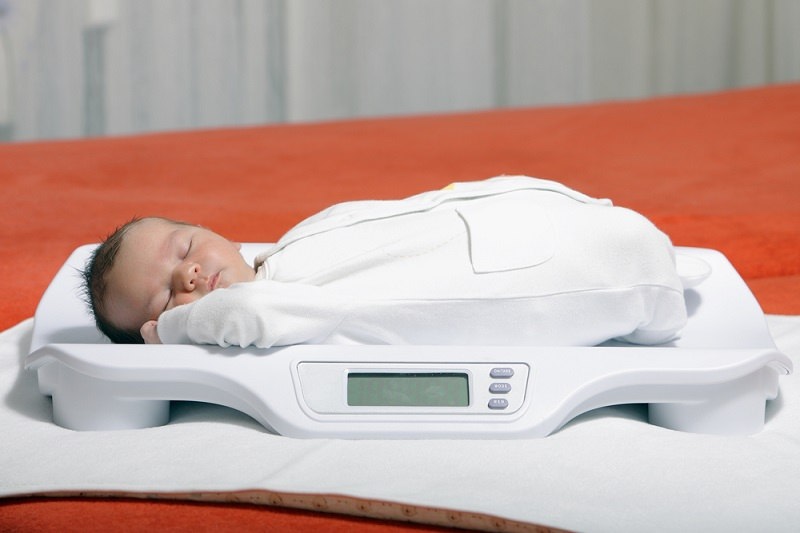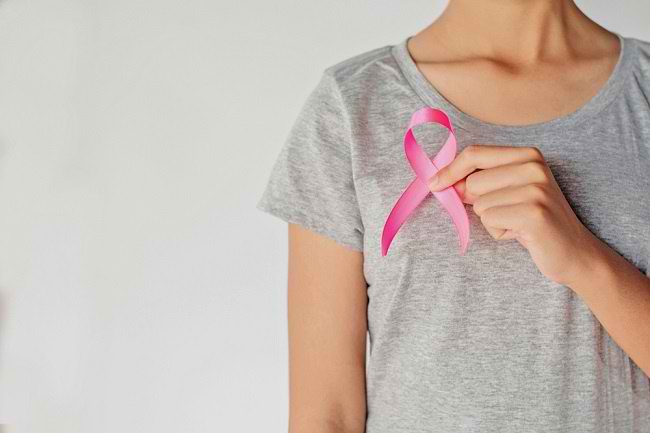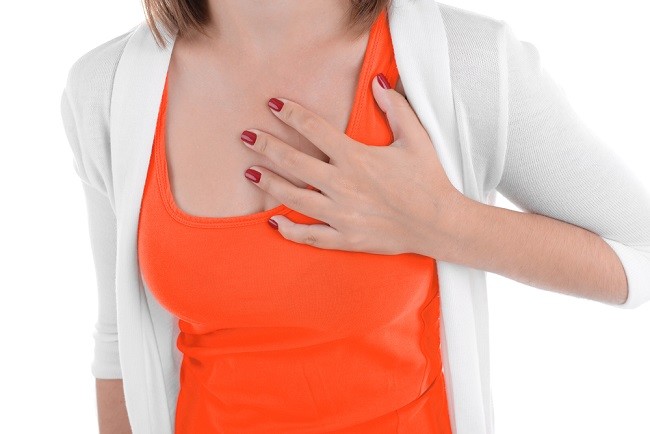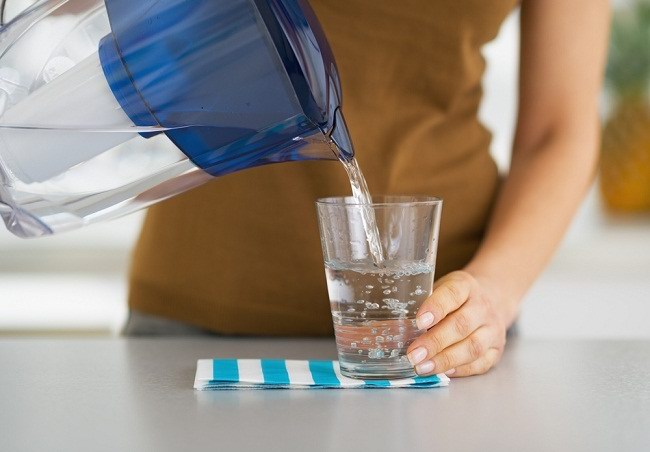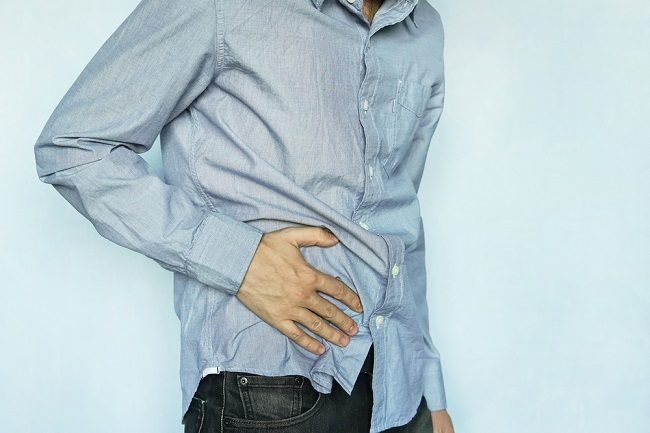For those of you who like to cook, non-stick or Teflon cookware certainly makes it easier for you when processing food. However, non-stick cookware seems to contain toxic ingredients that can harm your health.Come on, see tips for safe use of non-stick cookware here.
If heated at a temperature that is too high (more than 300 degrees Celsius), Teflon can release chemicals that are detrimental to your health. Teflon is actually the brand name of polytetrafluoroethylene (PTFE), which is a man-made chemical.

This material was first introduced in the 1940s, then used in various equipment because it has many advantages. Two of them are stable because they do not react with other chemicals and are able to form a scratch-resistant surface. In addition, because it is non-stick, it is suitable for use as cooking utensils.
Pay Attention to Risky Ingredients in Nonstick Cookware
Perfluorooctanoic acid (PFOA) or also called C8 is a chemical used in the process of making Teflon. The non-stick ingredients found in these cooking utensils are also found in non-stick packaging, such as fast food packaging or popcorn cooked in the microwave.
In addition, PFOA is also applied to food packaging paper because it prevents oil from fatty foods from seeping into the food packaging. Although useful, PFOA can pose a risk of causing health problems in your body. Because, these chemicals can settle in the human body in the long term.
According to several studies, exposure to PFOA is thought to cause several health problems, such as:
- Cause cancer, including testicular cancer, prostate cancer, kidney cancer, bladder cancer, and ovarian cancer.
- Increases the risk of low birth weight in the fetus.
- Damage the liver and kidneys.
- Weakens the immune system.
- Increases the risk of developing thyroid disease, including thyroid cancer.
However, the results of research related to the health effects of PFOA above so far have not been supported by consistent scientific evidence. In other words, further studies are needed to assess the impact of PFOA on health.
Here's How to Use Teflon Properly
However, it's a good idea to start limiting your exposure to these chemicals. Here are some ways you can do it:
- Avoid heating nonstick cookware to too high a temperature (over 300 degrees Celsius). Use the minimum temperature that can be used to process food.
- If possible, when cooking place the fan blowing toward the nonstick cookware. Or if there are windows in your kitchen, open them when you cook, so that air or smoke can escape.
- Reduce consumption popcorn which is processed by microwave and fast food.
- Don't forget to wash nonstick cookware with soapy water and a soft sponge. Avoid scratching the Teflon surface with a rough sponge. This is because scratches can damage the Teflon and must be replaced immediately.
- If you decide to stop using non-stick cookware, then cookware made of iron, steel, ceramic, earth, silicon, or aluminum is a good alternative.
Even though there is PFOA in your cooking utensils, it doesn't mean you are lazy to cook, right? You can still use Teflon and other cooking utensils by applying some of the tips above.

